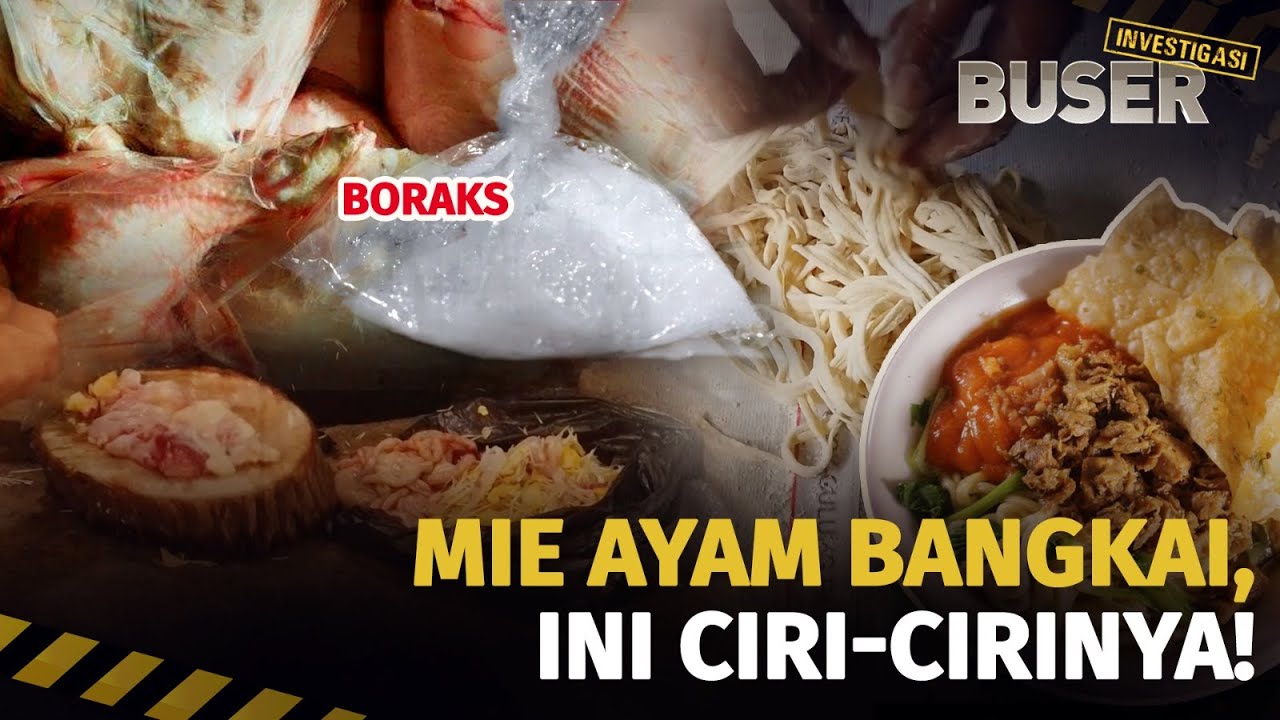Chemicals You Should Never Mix (it's dangerous!)
Summary
TLDRThis video explores the dangers of mixing common household chemicals and substances, demonstrating how seemingly innocent combinations can lead to dangerous reactions. It highlights the volatility of mixing substances like potassium with water, manganese with glycerin, or bleach with brake fluid, showing how chemical reactions can easily escalate into fiery explosions or harmful gases. The video emphasizes safety and the importance of understanding chemistry at home, with real-life experiments involving dry water, potassium, and common chemicals to showcase the unpredictable outcomes of improper mixtures.
Takeaways
- 😀 Never mix household chemicals like bleach and vinegar — it produces toxic chlorine gas.
- 🔥 Potassium permanganate + glycerin can spontaneously combust, creating a fire hazard.
- ⚠️ Potassium permanganate reacts violently with concentrated sulfuric acid, producing dangerous manganese heptoxide.
- 💥 Mixing calcium hypochlorite (pool chlorine) with brake fluid can result in delayed self-ignition — highly dangerous.
- 🌊 Dry water (Novec 1230) should never be mixed with alkali metals like potassium or lithium — it intensifies fires.
- 💣 Ammonium nitrate (fertilizer) mixed with metals and impurities can explode with just a drop of water.
- 🧪 Chromium trioxide reacts violently with alcohol, creating toxic spatter — handle with care in labs.
- 🔥 Sodium peroxide, when mixed with water or organic substances, can generate concentrated oxidizers and ignite spontaneously.
- 🧯 Baking soda + vinegar creates carbon dioxide, which extinguishes fires but magnesium can still burn in CO2.
- 🛑 Always follow chemical safety labels — some mixtures may ignite after a delay, making them dangerous even when no immediate reaction occurs.
Q & A
Why is it dangerous to mix household chemicals?
-Mixing household chemicals can result in unpredictable chemical reactions that may be dangerous, such as releasing toxic gases, causing fires, or leading to explosions. Certain chemicals react violently when combined, as highlighted in the examples of potassium and dry water or potassium and water.
What is dry water, and how is it used in firefighting?
-Dry water is a substance called No 1230, a fluo ketone that is used in firefighting because it evaporates quickly and doesn’t dissolve in other substances. It’s particularly used to put out fires in server rooms where water could damage electronics.
What happens when you mix potassium with water, and why is it dangerous?
-When potassium is mixed with water, it reacts violently, producing hydrogen gas and heat, which can cause an explosion or fire. This is why potassium should never be mixed with water.
Why is it dangerous to mix potassium permanganate with glycerin?
-Mixing potassium permanganate (a strong oxidizer) with glycerin initiates a chain reaction that generates a lot of heat, potentially causing spontaneous combustion. This reaction is often used to start a fire without matches but should be handled with extreme care.
What is the risk of mixing bleach with vinegar?
-When bleach, containing sodium hypochlorite, is mixed with vinegar, it releases chlorine gas, which is toxic and can cause respiratory issues, eye irritation, and even death in high concentrations. Chlorine was used as a chemical weapon in World War I.
What happens if you mix brake fluid with bleach?
-Mixing brake fluid with bleach causes a reaction that produces intense heat and can lead to a fire. The polyethylene glycol in the brake fluid breaks down and reacts with the calcium hypochlorite in the bleach, making the mixture highly flammable.
Why should ammonium nitrate be kept away from metals and other impurities?
-Ammonium nitrate is an oxidizer, and when mixed with metals, salt impurities, or zinc powder, it can cause a chemical reaction that generates heat and potentially leads to an explosion. Even a small amount of water can trigger the reaction.
What is the danger of mixing potassium nitrate (saltpeter) with sulfur?
-When potassium nitrate is mixed with sulfur and potassium, in the right proportions, it can form black powder, which is highly explosive. This reaction was explored by ancient alchemists before the invention of gunpowder.
Why is mixing alcohol with chromium trioxide hazardous?
-Chromium trioxide is a strong oxidizing agent, and when it reacts with alcohol, it can result in boiling, toxic splatter and fires. It’s highly reactive and carcinogenic, requiring careful handling to avoid dangerous accidents.
What happens when sodium peroxide is mixed with sweet cornflakes?
-Sodium peroxide reacts with water to form hydrogen peroxide, which is highly reactive and can cause combustion when mixed with a combustible material, like cornflakes. The resulting chemical reaction can cause the mixture to spontaneously ignite.
Outlines

此内容仅限付费用户访问。 请升级后访问。
立即升级Mindmap

此内容仅限付费用户访问。 请升级后访问。
立即升级Keywords

此内容仅限付费用户访问。 请升级后访问。
立即升级Highlights

此内容仅限付费用户访问。 请升级后访问。
立即升级Transcripts

此内容仅限付费用户访问。 请升级后访问。
立即升级5.0 / 5 (0 votes)






